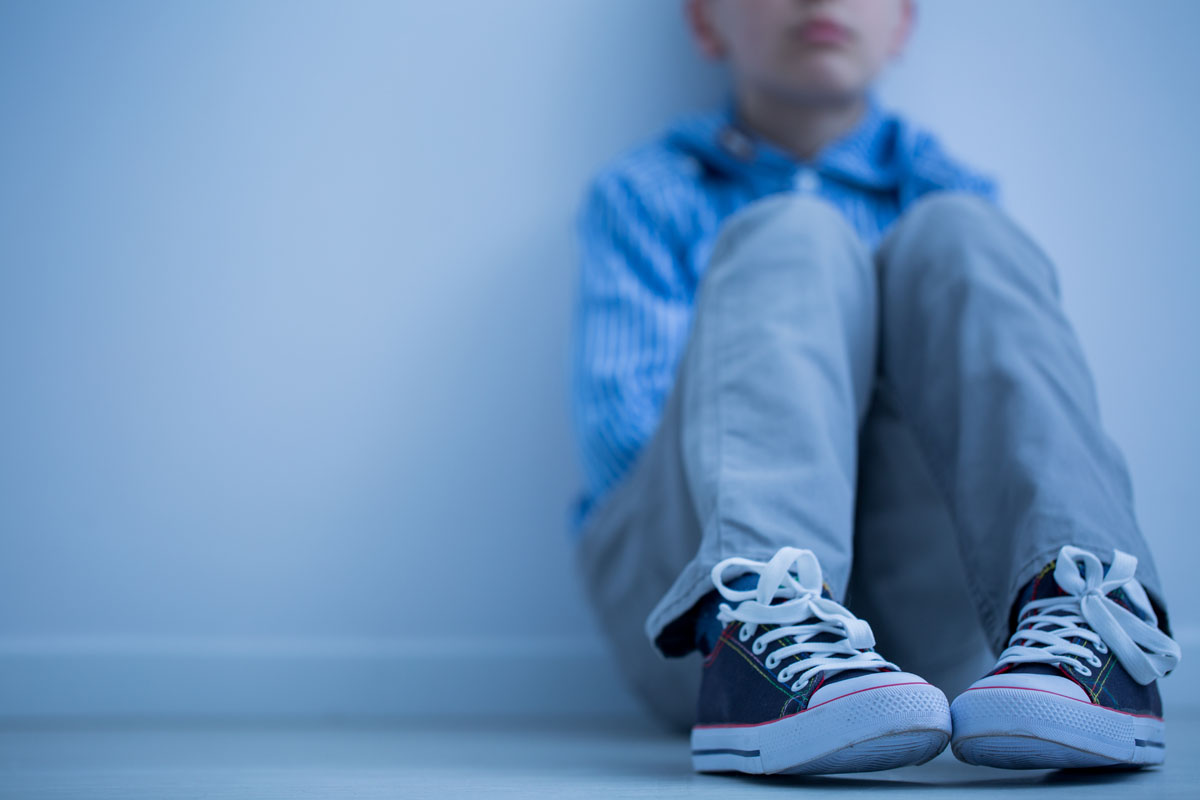Do you have questions about whether or how your student can with a disability can be secluded or restrained at school?
Seclusion and Restraint
WHAT DOES PHYSICAL RESTRAINT MEAN?
These are considered to be emergency safety interventions and, if used at all, must be implemented carefully by those trained to do so.
The law defines physical restraint as a personal restriction that immobilizes or reduces the ability of an individual to move the individual’s arms, legs, body or head freely. Physical restraint must be ended immediately when the student is no longer an immediate danger or if a student is in severe distress. Additionally a school employee may not use physical restraint for more than 30 minutes.
WHAT IS SECLUSIONARY TIME OUT?
It’s important to know it is different than sending a child to a thinking spot in the classroom.
There are three things that define seclusion:
- First: The student is placed in an enclosed area by school personnel.
- Second: The student is purposefully isolated from adults and peers.
- Third: The student is prevented from leaving, or reasonably believes he or she is prevented from leaving the enclosed area.
If all three of these things are done, then it is considered seclusionary time out.


When using seclusionary time out, a public school employee must use the minimum time necessary to ensure safety. This intervention must never be used for more than 30 minutes
The LRBI Technical Assistance manual outlines requirements:
- The school personnel must use district or charter school approved release criteria.
- The door must be unlocked.
- And personnel must keep student in sight.
CAUTION
Both of these interventions are considered emergency procedures and should only be used when a student presents an immediate danger to himself/herself or others, and is not for disciplinary purposes.
Immediate danger means the danger of physical violence/aggression towards oneself or others that is likely to cause serious physical harm.
Both of these interventions should never be used for disciplinary reasons and are limited to not more than 30 minutes.
Information Sheets
Fact Sheet: Restraint and Seclusion of Students with Disabilities
This guidance letter and series of questions and answers, issued by the Department of Education’s Office for Civil Rights (OCR) on December 28, 2016, inform school districts how the use of restraint and seclusion may result in discrimination against students with disabilities in violation of Federal laws that prohibit disability discrimination, including Section 504 of the Rehabilitation Act of 1973 (Section 504).
Restraint and Seclusion: Resource Document
The US Department of Education resource document includes (issued in May 15, 2012) suggested best practices to prevent the use of restraint or seclusion, recommending that school districts never use physical restraint or seclusion for disciplinary purposes and never use mechanical restraint, and that trained school officials use physical restraint or seclusion only if a child’s behavior poses imminent danger of serious physical harm to self or others
Dear Colleague Letter: Restraint and Seclusion of Students with Disabilities
This 24-page Dear Colleague Letter explains the limits that federal civil rights laws impose on the use of restraint and seclusion by public elementary and secondary school districts.
Linked Websites
Least Restrictive Behavioral Interventions Technical Assistance Manual
Utah Administrative Codes R277-609-5: Physical Restraint and Seclusionary Time Out
This outlines the Utah codes about physical restraint and seclusionary time out.
Considerations for Seclusion and Restraint Use in School-wide Positive Behavior Supports
Seclusion and restraint refer to safety procedures in which a student is isolated from others (seclusion) or physically held (restraint) in response to serious problem behavior that places the student or others at risk of injury or harm. Concern exists that these procedures are prone to misapplication and abuse placing students at equal or more risk than their problem behavior.
Utah HB 92 Physical Restraint in Schools
Legislation passed and signed into law in 2017 regarding the use of physical restraint in schools.
School Discipline: A Resource Collection
From the Center for Parent Information and Resources, is a list of various resources on behavior including seclusion and restraint.
Webinars
We at the Utah Parent Center hope this information will be helpful to you in understanding your child’s behavior and assist you in working with school professionals. Be sure to access our website www.utahparentcenter.org to review our resources. If you have concerns or questions, please give us a call and speak with one of our knowledgeable parent consultants.
5296 S Commerce Dr., Suite 302, Salt Lake City, UT 84107
Phone: 801.272.1051
Toll-Free in Utah: 1.800.468.1160
Email: info@utahparentcenter.org

This page was funded by a grant from Interagency Outreach Training Initiative at Utah State University’s Center for Persons with Disabilities.
